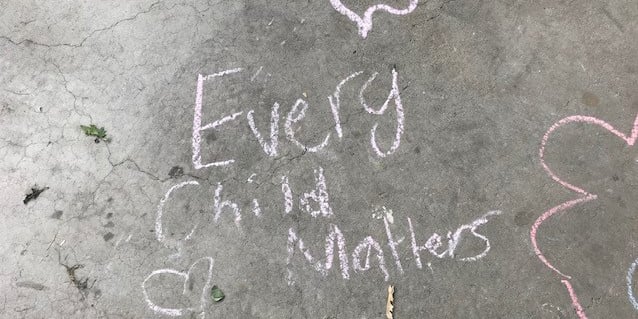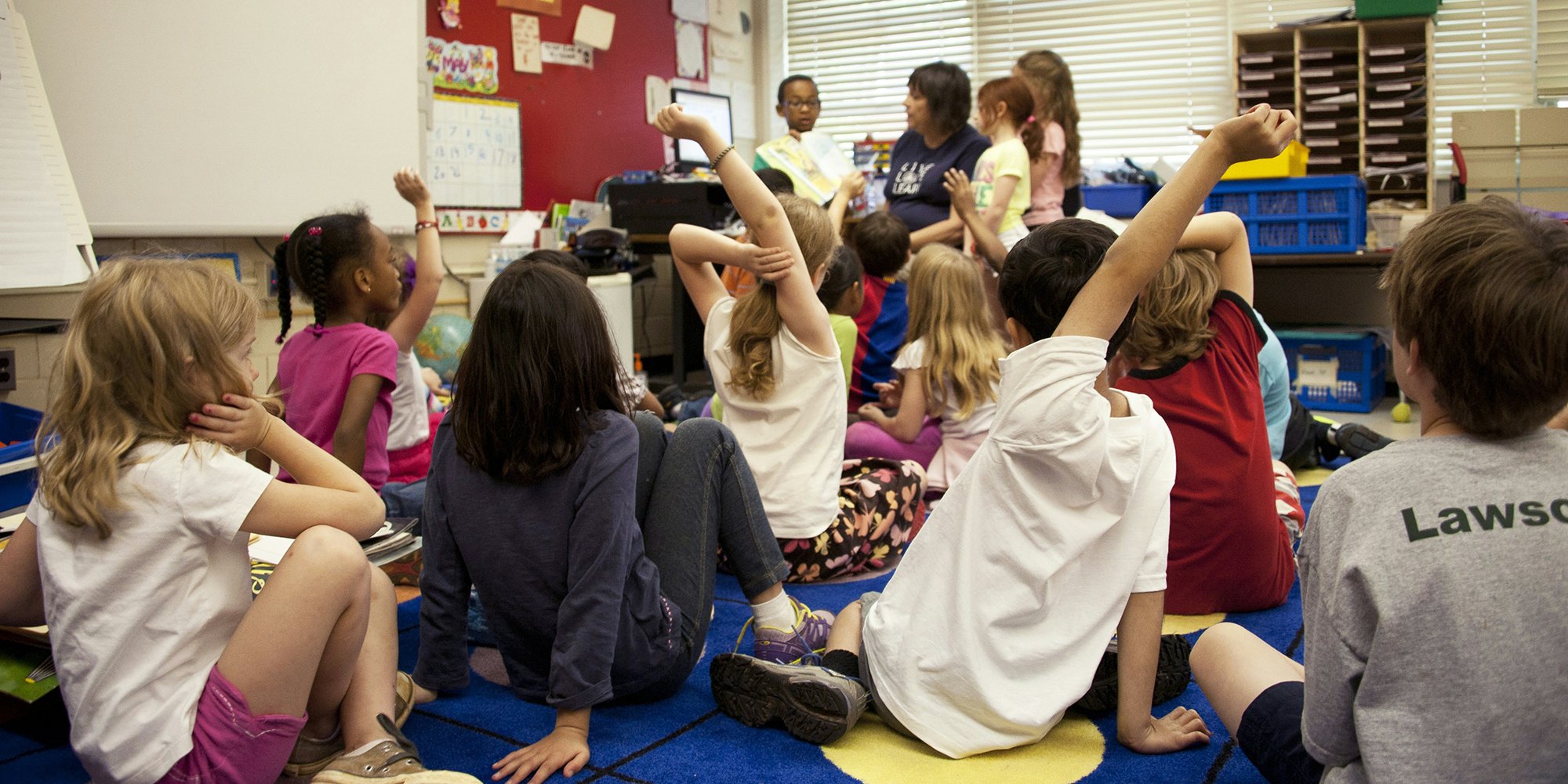215 - A Poem by Bradley Crawford
Written in response to the 215 unmarked graves discovered in BC in May 2021.

NBS regularly spotlights key sustainability issues for business leaders. These issues have been identified by NBS’s Leadership Council, a group of Canadian businesses recognized for their leadership in sustainability. This month, Dr. Ben Bradshaw of the University of Guelph, identifies a path toward positive engagement between businesses and indigenous communities. Dr. Bradshaw draws on two decades of work on company-community relations in Canada’s mining sector.
Courageous is the manager responsible for relations with indigenous communities. Engaging with indigenous communities is a challenging task, whether it is to enable mineral exploration along the Alaska Peninsula, to finance a pipeline from central Alberta to the British Columbian coast or even to find and retain service workers for a new coffee franchise in Fort McMurray.

But such engagement is also vital. Failure to do so can generate real consequences.
The mining sector, in particular, is full of multi-million dollar write-downs as a result of failed community relations (e.g. Manhattan Minerals in Peru, Meridian Gold in Argentina, and Northgate Minerals in Canada). A recent study found that two-thirds of gold mines’ value stemmed from a firm’s stakeholder engagement practices; just one-third of the market capitalization was a function of the value of gold in the ground.
In short, indigenous community relations are material.
Here, I’ll describe how businesses are presently engaging with mixed results and highlight three significant developments, largely led by indigenous peoples themselves, that have the potential to transform company-community relations for the better.
How businesses are engaging
Globally, businesses in energy and other resource sectors, and even those in banking and retail, have developed policies and programs to manage their relations with Indigenous peoples. These companies recognize that they must go beyond legal requirements.
To navigate these new expectations, managers can draw upon a variety of guides, toolkits and even certification programs (see, for example, the International Council for Mining and Minerals or the Canadian Council for Aboriginal Business). Those that look to these resources appreciate the need to, for example:
Following recommendations like these improves a firm’s prospects, but doesn’t guarantee success. Circumstances like a change in community leadership or an unrelated dispute with a government can throw a relationship off course. Many a manager has given her all, making ever-more expensive demands of her CFO in order to deliver a leading-edge program of community engagement and accommodation, only to find the community to be unresponsive or, worse, vehemently opposed to partnerships.
Even for those managers fortunate enough to have developed partnerships with Indigenous communities, circumstances beyond their control can cause partners to withdraw, alarming stock analysts and activist NGOs.
Future changes
Though the situation seems unmanageable, establishing positive and lasting relations with indigenous peoples over the next decade is possible and even likely. Importantly, better relations will come less from enlightened practice by individual firms (though this will still be required), and more from the growing authority and capacity of indigenous communities.
Once again, insight is offered by the mining sector, where three key developments are evident:
The Tahltan Tribal Council in British Columbia was one of the first to develop such a policy. Rather than react in an ad hoc way to development pressures, the Tahltan reflected on their mining-related concerns and expectations and formulated a policy statement that let them seize greater control of their relations with companies.
In exchange, a mining firm can expect a committed relationship that will limit disruptions, reassure investors and NGOs and deliver local labour. Though not legally required, these agreements have become an integral part of the mine permitting process in Canada (see, for example, the Voisey’s Bay mine in Labrador and the Northwest Territories’ three diamond mines).
A clearer path
Managers might be anxious, facing increasingly empowered indigenous communities. Instead, they should recognize these shifts as enabling better relations and increasing certainty. Firms should continue to practice progressive community relations but also support broader initiatives that bolster Indigenous communities’ growing stature, capacities and opportunities.
About the author
Dr. Ben Bradshaw is an Associate Professor of Geography at the University of Guelph and the founding Director of the University’s undergraduate program in Environmental Governance, the first of its kind. He has worked extensively on the mining sector’s use of company-community agreements, typically called Impact and Benefit Agreements (IBAs), in the Canadian north. He is the originator of the IBA research network (see www.impactandbenefit.com), which brings together academics, regulators, Aboriginals, industry representatives and consultants in order to identify knowledge gaps and facilitate research to address those gaps. In addition to research and teaching, Dr. Bradshaw has a modest consulting practice largely focused on applied IBA-related research. One current project has him establishing baselines of community well-being for First Nations that are expected to experience the impacts and benefits of mine development in northern Ontario's “Ring of Fire” region.
Additional resources
Zandvliet, L., & Anderson, M. 2009. Getting it right: Making corporate-community relations work. Greenleaf Publishing
Sustainalytics. 2011. License to operate: Indigenous rights and FPIC in the mining industry.
May 10, 2013 by Ben Bradshaw (reposted with kind permission from The Network for Business Sustainability NBS)
Featured photo: Network for Business Sustainability

Written in response to the 215 unmarked graves discovered in BC in May 2021.

Restorative Practice Circles are based upon the First Nations tradition of Talking Circles. First Nations, Metis & Inuit cultures are built upon oral...

1 min read
To the TRC: When I was a little boy, I faked being sick lots so I wouldn't have to go to school, so I missed a lot of school. I did it because I...